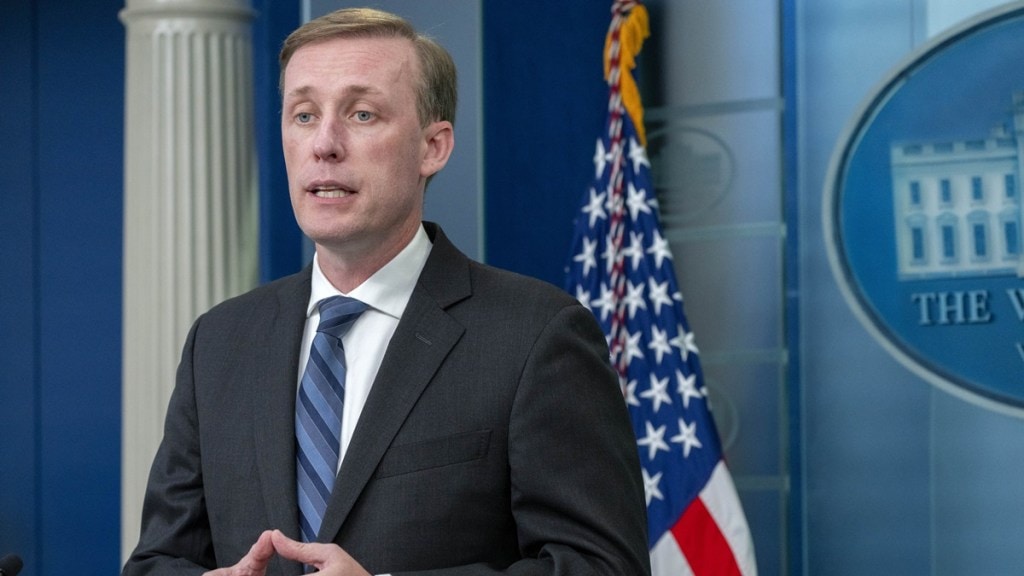Onboard Air Force One, a question emerged from among the accompanying journalists, about America’s ambitious infrastructure plan. The query centered on a potential groundbreaking project, one that could reshape regional connectivity, trade dynamics, and geopolitical relationships: a major rail deal involving the United States, India, and key Arab nations, including the United Arab Emirates (UAE) and Saudi Arabia.
The US National Security Advisor (NSA) Jake Sullivan, was quizzed about this intriguing railway initiative during the G20 event in New Delhi. However, much to the anticipation of those eagerly awaiting confirmation, Sullivan remained tight-lipped. “I can’t confirm anything for you tonight. I’ve seen those reports as well,” he responded. While this response left many questions unanswered, it provided a glimpse into a project that could potentially be one of the most significant outcomes of the G20 summit or later multilateral talks between India, the US and Arab nations.
What’s the deal?
To understand the context and implications of this potential rail deal, we must first revisit President Joe Biden’s earlier statement regarding his ambitious vision for railways. The statement initially raised eyebrows, with skeptics envisioning grandiose railways spanning the vast Pacific and Indian Oceans, a notion dismissed by many as an impossible dream.
However, a closer examination of Biden’s words revealed three distinct interpretations. The first, a seemingly outrageous plan, captured the imagination of critics. The second, involving railways between Siberia and Alaska, seemed hindered by geopolitical tensions. But the third interpretation, perhaps the most plausible, indicated that the United States was gearing up to invest heavily in railway projects across the Indo-Pacific region.
America’s big Infra Push
This third interpretation emerged as the most plausible and relevant understanding of Biden’s statement. It implied a commitment to infrastructure development that extended beyond US borders, fostering connectivity, collaboration, and economic growth across the Indo-Pacific region.
In recent times, news of collaborative discussions between the United States and nations like the UAE, Saudi Arabia, and India have gained momentum. These discussions hint at the potential for a vast railway system that could bring economic prosperity, innovation, and geopolitical stability to the region. Such a network would not only boost trade but also promote cultural exchange and diplomatic relations.
A Vision Taking Shape:
The United States and India seem poised to embark on a transformative journey, investing in infrastructure projects that transcend borders, connect nations, and leave an indelible mark on the Indo-Pacific region. This ambitious undertaking holds the potential to challenge China’s regional influence head-on, as the two democracies champion connectivity and shared prosperity.
In conclusion, while the specifics of the major rail deal between the United States, India, and Arab nations remain unconfirmed, the prospect of such a project is undeniably exciting. It symbolizes a commitment to modernizing and connecting the Indo-Pacific region, with far-reaching implications for trade, diplomacy, and global partnerships. As we await further developments, one thing is clear: the world may soon witness the dawn of a new era in international infrastructure, driven by the ambitious vision of the United States and its partners.

